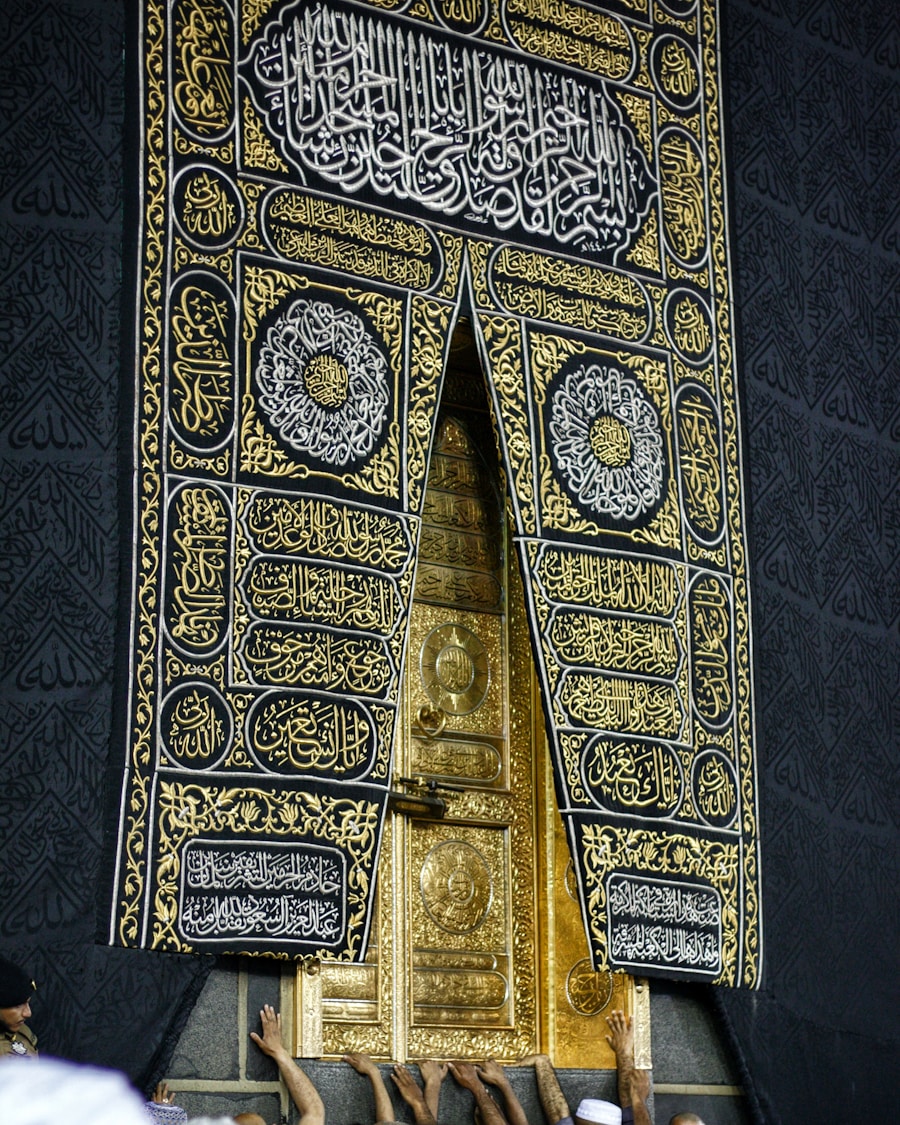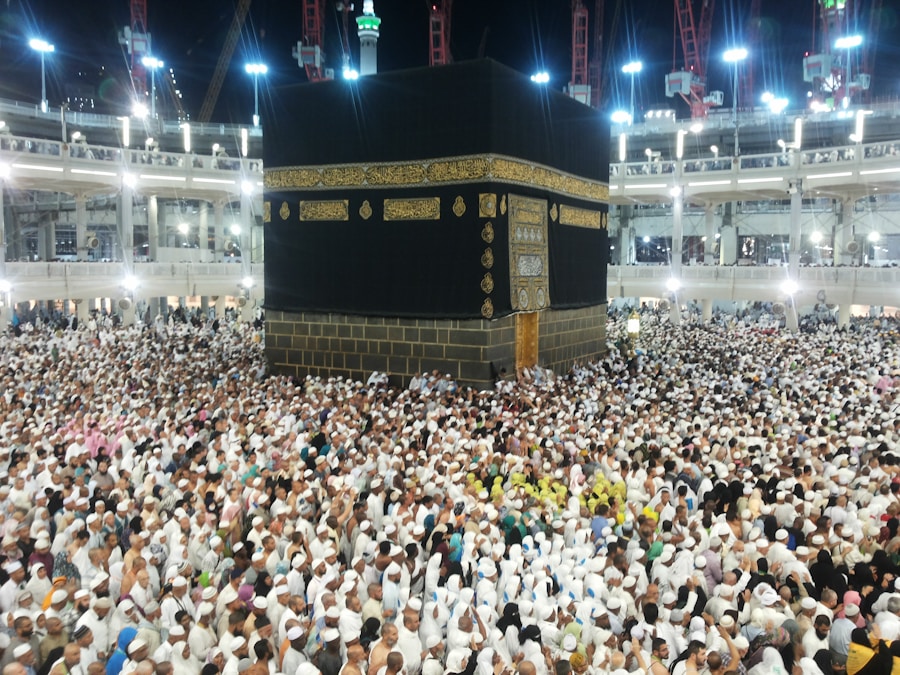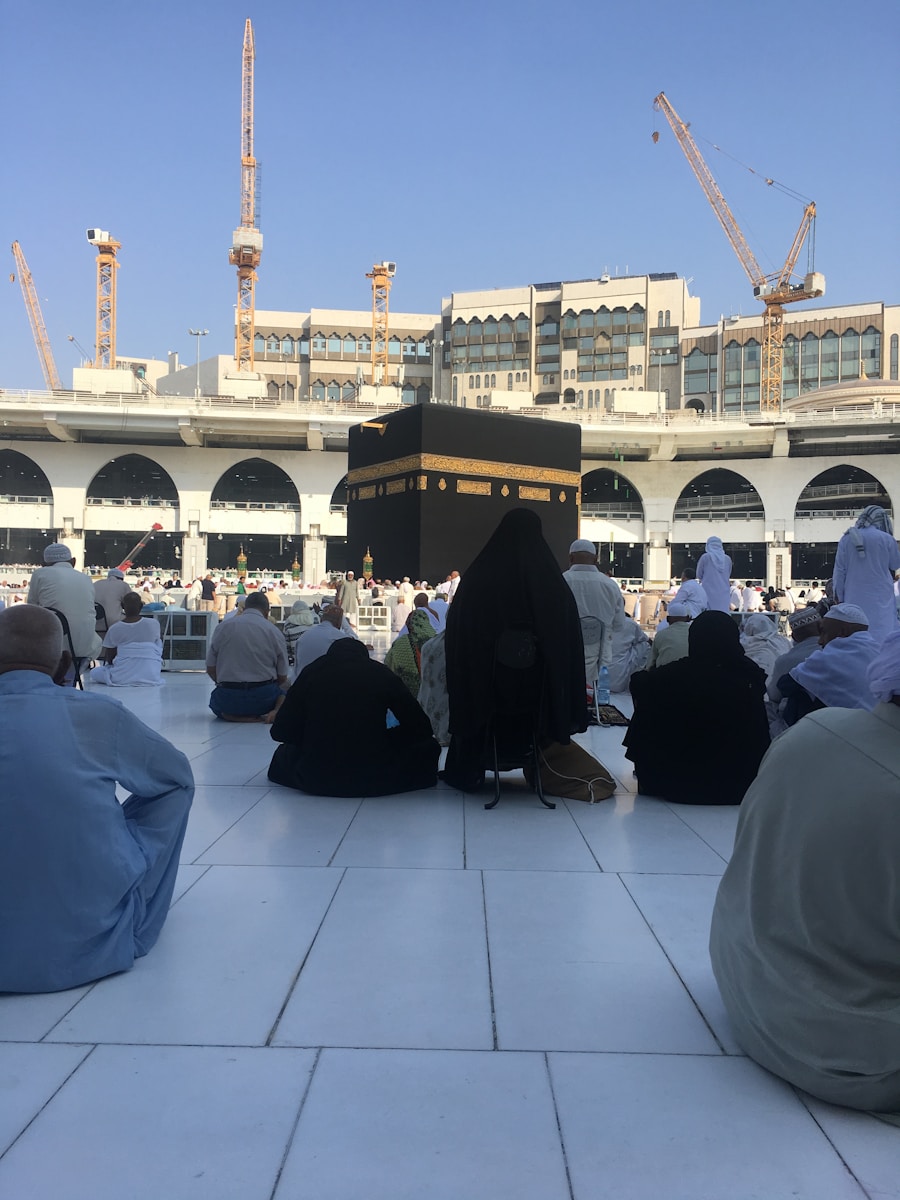Embarking on a pilgrimage is a profound journey that requires meticulous planning and preparation. The first step in this process is to define the purpose of the pilgrimage. Whether it is a spiritual quest, a cultural exploration, or a personal challenge, understanding the underlying motivation will shape the entire experience.
Researching the destination is crucial; this includes familiarizing oneself with the historical significance, cultural practices, and geographical features of the pilgrimage route. For instance, if one is planning to walk the Camino de Santiago in Spain, it is essential to learn about its various routes, the towns along the way, and the unique traditions associated with each path. Once the purpose and destination are established, creating a detailed itinerary becomes paramount.
This involves mapping out daily distances, identifying rest stops, and planning for potential challenges such as weather conditions or physical limitations. Pilgrims should consider their physical fitness levels and train accordingly, as many pilgrimage routes can be physically demanding. Engaging in regular walking or hiking sessions can help build stamina and prepare the body for long days on foot.
Additionally, it is wise to consult with experienced pilgrims or join online forums to gather insights and tips that can enhance the journey.
Key Takeaways
- Proper planning and preparation are essential for a successful pilgrimage experience
- Packing essentials such as comfortable clothing, sturdy shoes, and necessary medications are crucial for a smooth journey
- Health and safety should be a top priority, including staying hydrated and being mindful of personal limits
- Understanding the rituals and significance of the pilgrimage will enhance the overall experience
- Managing crowds requires patience and a calm demeanor, as well as being aware of personal space and belongings
- Accommodation and transportation should be booked in advance to ensure a comfortable and convenient stay
- Etiquette and behavior should reflect respect for the sacred nature of the pilgrimage site and its traditions
- Post-pilgrimage reflection allows for personal growth and a deeper understanding of the experience
Packing Essentials
Packing for a pilgrimage requires careful consideration of both necessity and practicality. The key is to strike a balance between bringing enough supplies to ensure comfort and minimizing weight to avoid fatigue.
Essential gear includes sturdy walking shoes that have been broken in to prevent blisters, moisture-wicking clothing suitable for varying weather conditions, and a reliable rain jacket. Pilgrims should also pack a hat and sunscreen to protect against sun exposure during long days outdoors. In addition to clothing and footwear, personal items such as a first-aid kit, reusable water bottle, and snacks are vital for maintaining energy levels throughout the journey.
Hydration is particularly important, especially on warmer days when dehydration can quickly become a concern. Pilgrims should also consider bringing a journal or sketchbook to document their experiences and reflections along the way. This not only serves as a creative outlet but also allows for deeper introspection during moments of solitude.
Furthermore, lightweight camping gear may be necessary if one plans to sleep outdoors or in hostels along the route.
Health and Safety

Health and safety are paramount considerations when undertaking a pilgrimage. Before setting out, it is advisable to schedule a check-up with a healthcare provider to address any pre-existing conditions and receive necessary vaccinations. Depending on the destination, certain vaccinations may be recommended to protect against regional diseases.
Additionally, carrying a comprehensive first-aid kit that includes band-aids, antiseptic wipes, pain relievers, and any personal medications is crucial for addressing minor injuries or ailments that may arise during the journey. Pilgrims should also be aware of their surroundings and practice situational awareness at all times. This includes being cautious when crossing roads, especially in unfamiliar areas where traffic patterns may differ from what one is accustomed to.
It is wise to travel in groups whenever possible, as there is safety in numbers. Moreover, understanding local emergency services and having access to emergency contact numbers can provide peace of mind. In case of an injury or illness, knowing where the nearest medical facilities are located can be invaluable.
Understanding the Rituals
A pilgrimage is often steeped in rituals that enhance its spiritual significance. Understanding these rituals can deepen one’s connection to the journey and enrich the overall experience. For example, many pilgrims participate in daily prayers or meditative practices at specific landmarks along their route.
These moments of reflection can serve as powerful reminders of the pilgrimage’s purpose and provide opportunities for personal growth. Engaging with local customs—such as lighting candles at shrines or participating in communal meals—can also foster a sense of belonging within the larger community of pilgrims. Moreover, rituals often vary significantly from one pilgrimage to another, reflecting the unique cultural heritage of each destination.
In some traditions, pilgrims may carry symbolic items such as shells or crosses that represent their faith or journey. Understanding these symbols can enhance one’s appreciation for the pilgrimage’s history and significance. Additionally, attending local festivals or events that coincide with the pilgrimage can provide insights into the cultural context surrounding the journey.
These experiences not only enrich personal understanding but also create lasting memories that resonate long after the pilgrimage has concluded.
Managing Crowds
Pilgrimages often attract large numbers of participants, which can lead to crowded conditions along popular routes.
One strategy is to plan travel dates during off-peak seasons when fewer pilgrims are likely to be on the route.
This can lead to a more serene experience, allowing for deeper reflection and connection with fellow travelers without the distractions of overwhelming crowds. When navigating crowded areas, it is important to remain patient and respectful toward fellow pilgrims. Establishing a sense of camaraderie can transform potentially frustrating situations into opportunities for connection and shared experiences.
Engaging in conversations with others can lead to meaningful exchanges about personal motivations for undertaking the pilgrimage and foster a sense of community among participants. Additionally, being mindful of one’s own pace can help alleviate stress; it’s essential to remember that each pilgrim’s journey is unique, and there’s no need to rush through the experience.
Accommodation and Transportation

Finding suitable accommodation is a crucial part of preparing for a pilgrimage.
### Accommodation Options
The type of accommodation chosen depends on the route taken. Some pilgrims prefer to stay in hostels or albergues specifically designed for travelers on foot, while others opt for hotels or guesthouses for added comfort. Booking accommodations in advance can provide peace of mind, especially during peak pilgrimage seasons when availability may be limited.
### Transportation Planning
Transportation logistics also play a significant role in pilgrimage planning. Many routes have well-established public transportation systems that can assist pilgrims in reaching starting points or returning home after completing their journey. Understanding local transportation options—such as buses or trains—can save time and reduce stress when navigating unfamiliar areas.
### Alternative Transportation Methods
Some pilgrims choose to incorporate alternative modes of transportation into their journey, such as cycling or horseback riding, which can offer unique perspectives on the landscape and enhance the overall experience.
Etiquette and Behavior
Pilgrimage etiquette is an essential consideration that reflects respect for both fellow travelers and local communities encountered along the way. Pilgrims should strive to maintain a spirit of humility and openness throughout their journey. This includes being considerate of others’ personal space during shared accommodations or communal meals and practicing active listening during conversations with fellow pilgrims.
Simple gestures such as greeting others with a smile or offering assistance can foster goodwill among travelers. Moreover, respecting local customs and traditions is vital when traversing through different regions or cultures. This may involve dressing modestly when visiting religious sites or adhering to specific behavioral norms during rituals or ceremonies.
Being aware of cultural sensitivities not only enhances personal experiences but also demonstrates respect for the communities that welcome pilgrims into their midst. Engaging with locals through respectful dialogue can lead to enriching exchanges that deepen one’s understanding of the pilgrimage’s cultural context.
Post-Pilgrimage Reflection
The journey does not end upon reaching the destination; rather, it continues through post-pilgrimage reflection. Taking time to process experiences allows pilgrims to integrate lessons learned during their travels into daily life. This reflection can take many forms—journaling about personal insights gained along the way, discussing experiences with friends or family members, or even participating in group discussions with fellow pilgrims after returning home.
Additionally, many pilgrims find value in creating tangible reminders of their journey—such as photographs or mementos collected along the way—that serve as touchstones for future reflection. These artifacts can evoke memories of challenges faced and triumphs achieved during the pilgrimage, reinforcing personal growth and transformation experienced throughout the journey. Ultimately, post-pilgrimage reflection serves as an opportunity to honor not only the physical journey undertaken but also the internal shifts that occur through such profound experiences.
If you are planning a pilgrimage to Hajj or Umrah, it is essential to be well-prepared for the journey. One helpful article to check out is The Best-Kept Secrets About Travel, which offers valuable tips and insights for a smooth and enjoyable trip. This article can provide you with useful information on how to make the most of your travel experience and ensure that your pilgrimage is a memorable and fulfilling one.
FAQs
What is Hajj and Umrah?
Hajj is the annual Islamic pilgrimage to Mecca, Saudi Arabia, and a mandatory religious duty for Muslims that must be carried out at least once in their lifetime by all adult Muslims who are physically and financially capable of undertaking the journey. Umrah is a similar pilgrimage to Mecca that can be undertaken at any time of the year, and is often referred to as the “lesser pilgrimage.”
What are the essential tips for a smooth Hajj and Umrah pilgrimage?
Some essential tips for a smooth Hajj and Umrah pilgrimage include:
1. Planning and preparing well in advance
2. Understanding the rituals and significance of the pilgrimage
3. Packing appropriately for the journey
4. Being mindful of health and safety precautions
5. Being patient and respectful towards fellow pilgrims
6. Seeking guidance from experienced individuals or groups
7. Keeping important documents and contact information handy
What are the common challenges faced during Hajj and Umrah?
Some common challenges faced during Hajj and Umrah include:
1. Crowded conditions and long waiting times
2. Language barriers
3. Health and hygiene concerns
4. Transportation and accommodation issues
5. Financial and logistical challenges
6. Adhering to strict religious and cultural norms
7. Dealing with extreme weather conditions
What are the important religious rituals during Hajj and Umrah?
Some important religious rituals during Hajj include:
1. Ihram – the state of consecration entered into before reaching Mecca
2. Tawaf – the act of walking around the Kaaba seven times in a counterclockwise direction
3. Sa’i – the act of walking back and forth between the hills of Safa and Marwah seven times
4. Wuquf – the standing at Mount Arafat during the Hajj pilgrimage
5. Stoning of the Devil – the symbolic act of throwing stones at three pillars representing Satan
6. Animal sacrifice – the act of sacrificing an animal as a symbol of Ibrahim’s willingness to sacrifice his son
7. Shaving or trimming the hair – the final act before exiting the state of Ihram
What are the important religious rituals during Umrah?
Some important religious rituals during Umrah include:
1. Ihram – the state of consecration entered into before reaching Mecca
2. Tawaf – the act of walking around the Kaaba seven times in a counterclockwise direction
3. Sa’i – the act of walking back and forth between the hills of Safa and Marwah seven times
4. Shaving or trimming the hair – the final act before exiting the state of Ihram



0 Comment